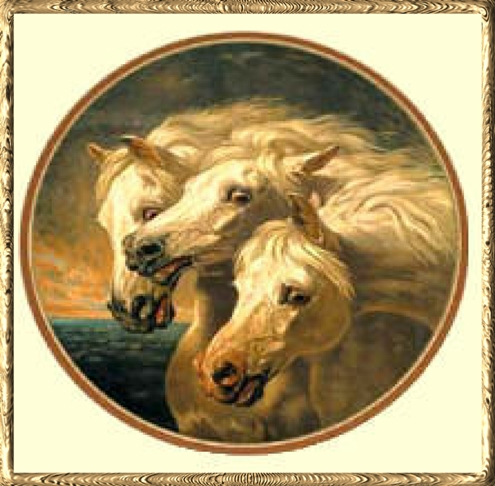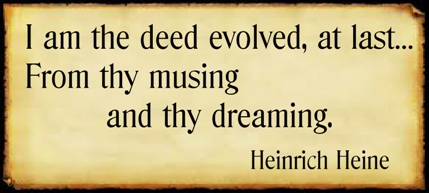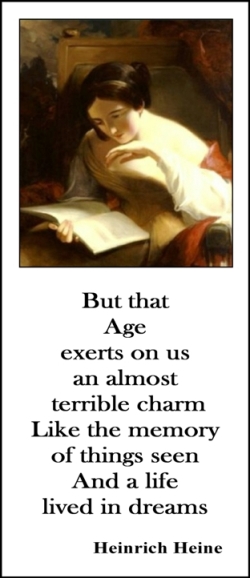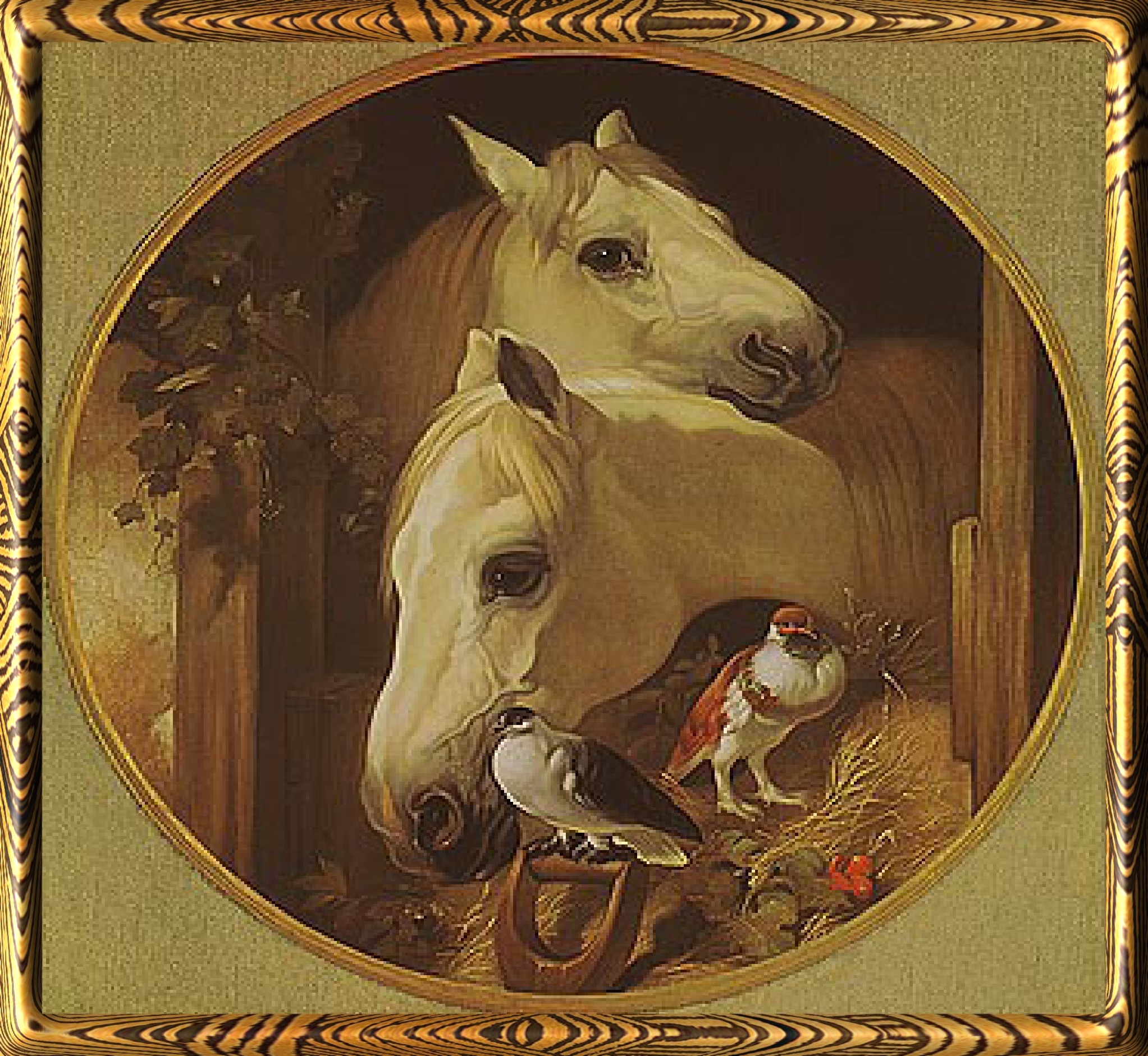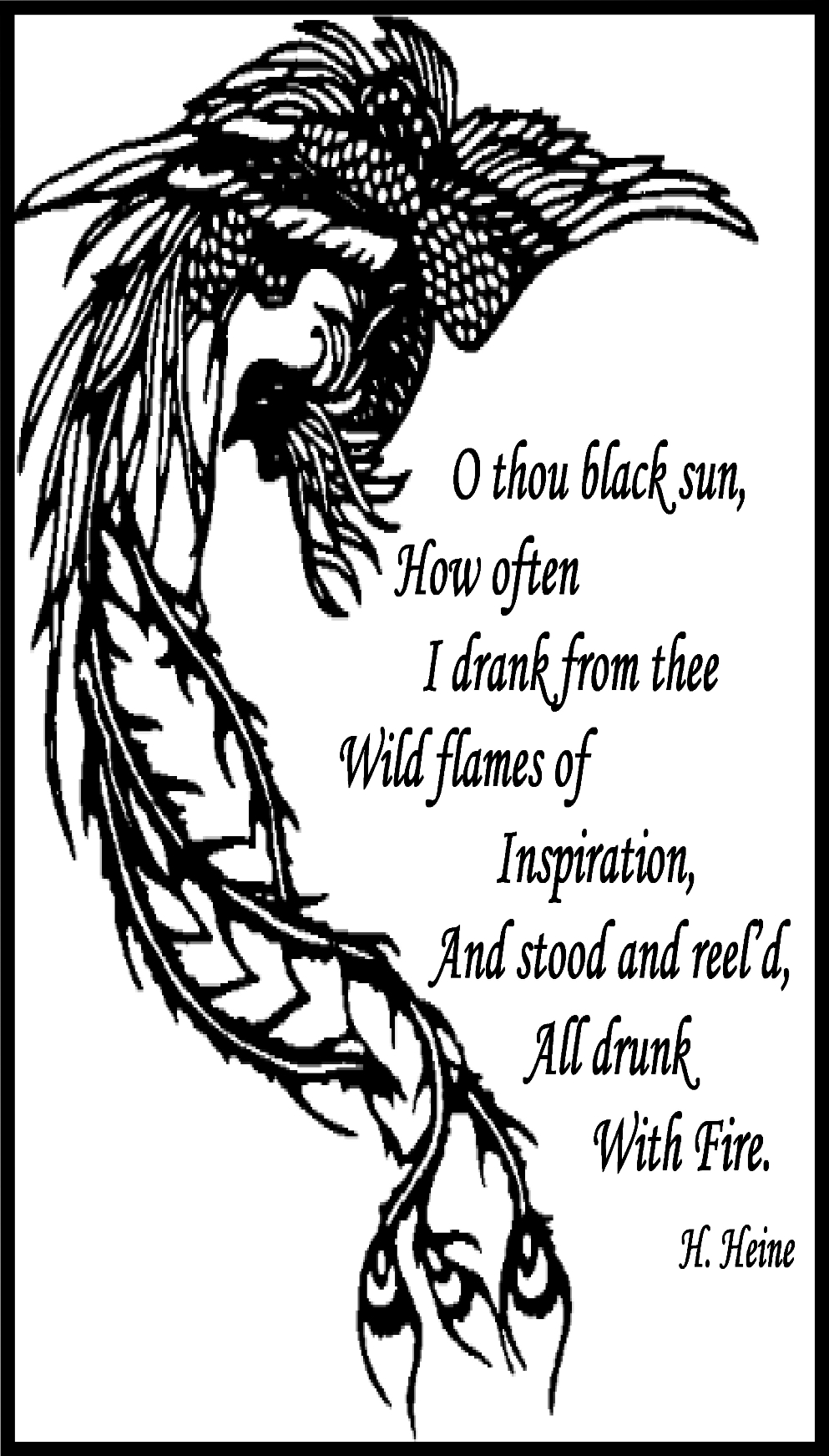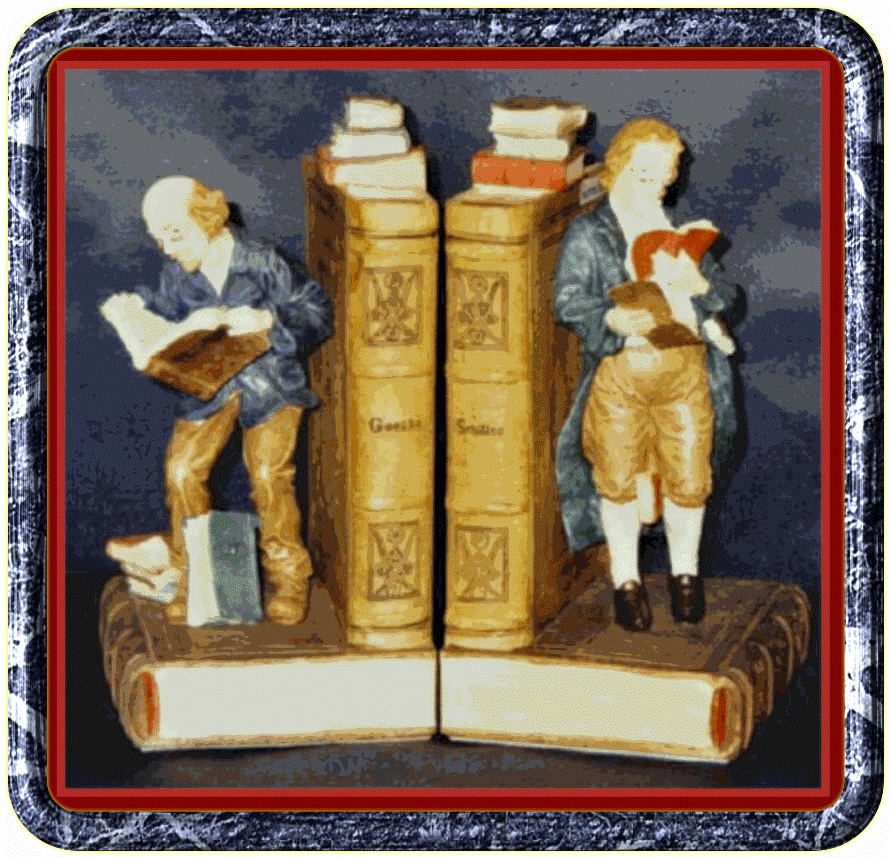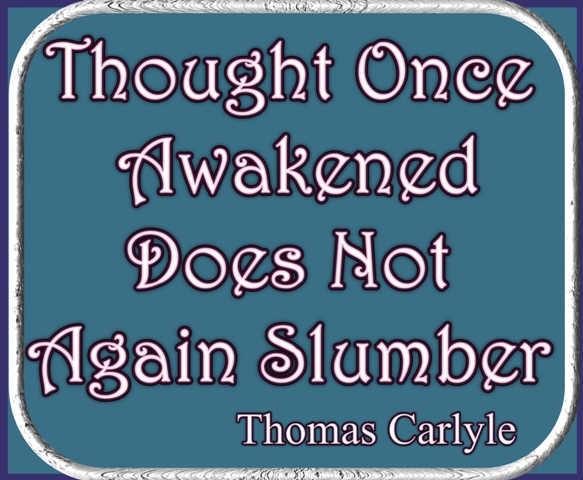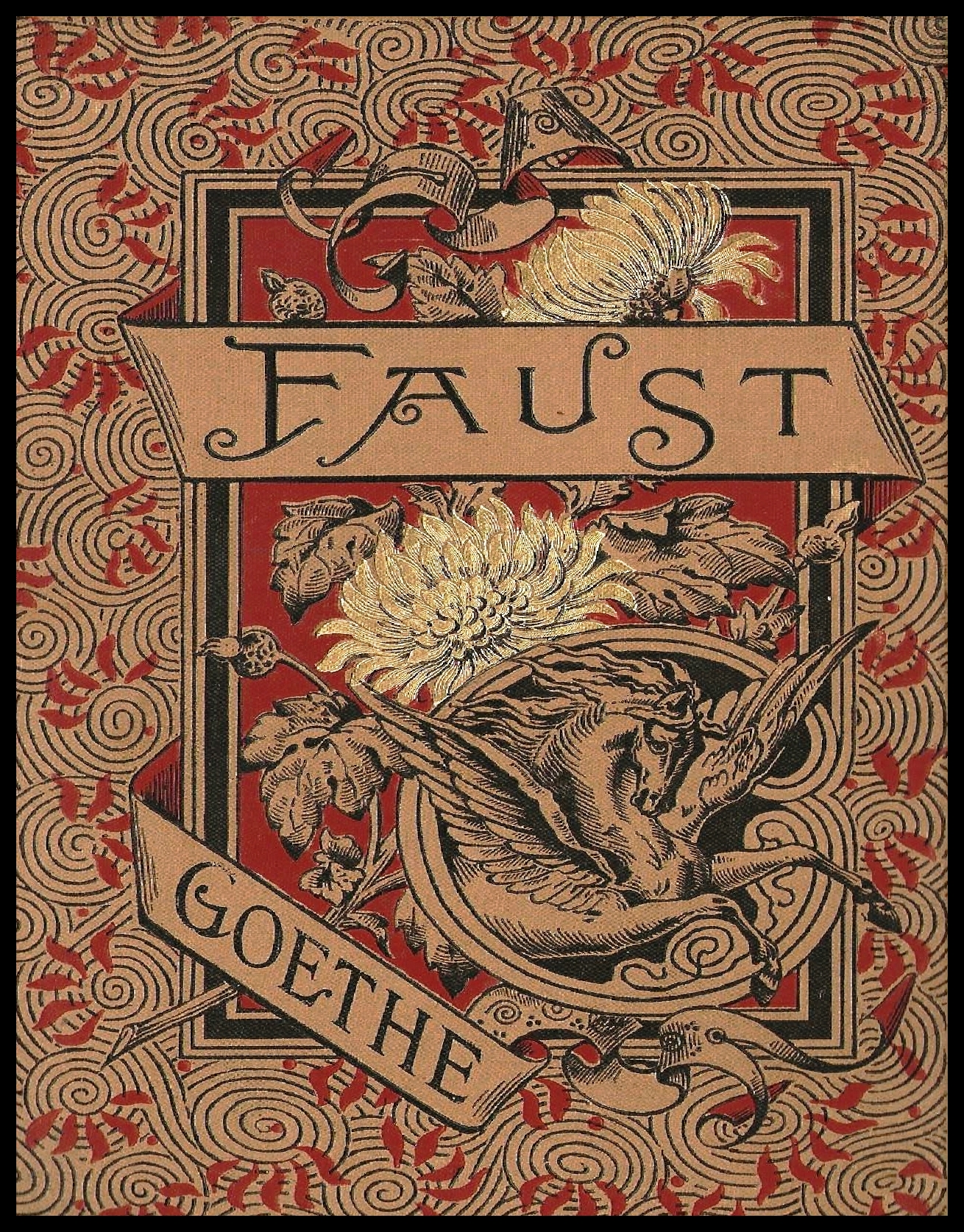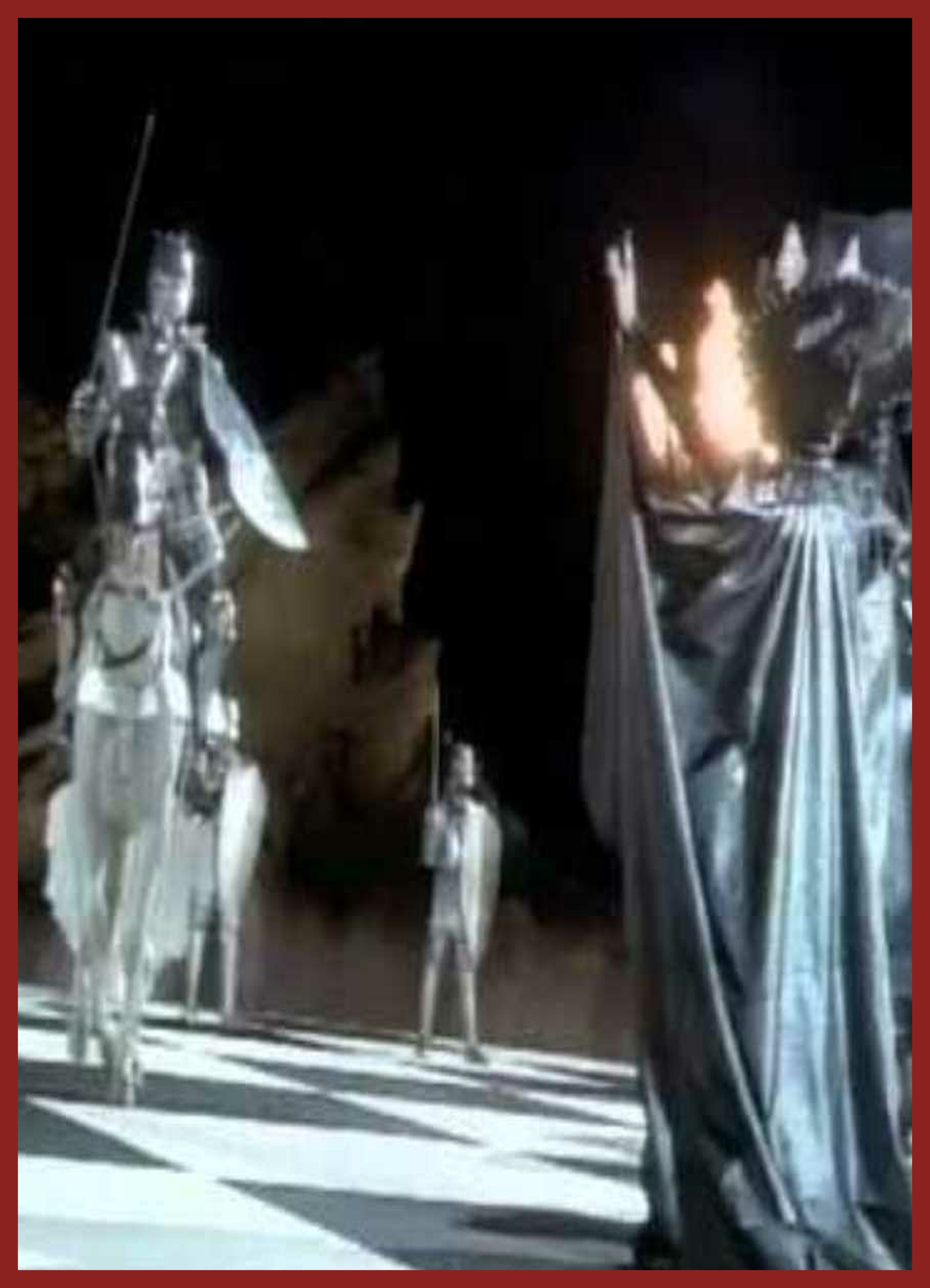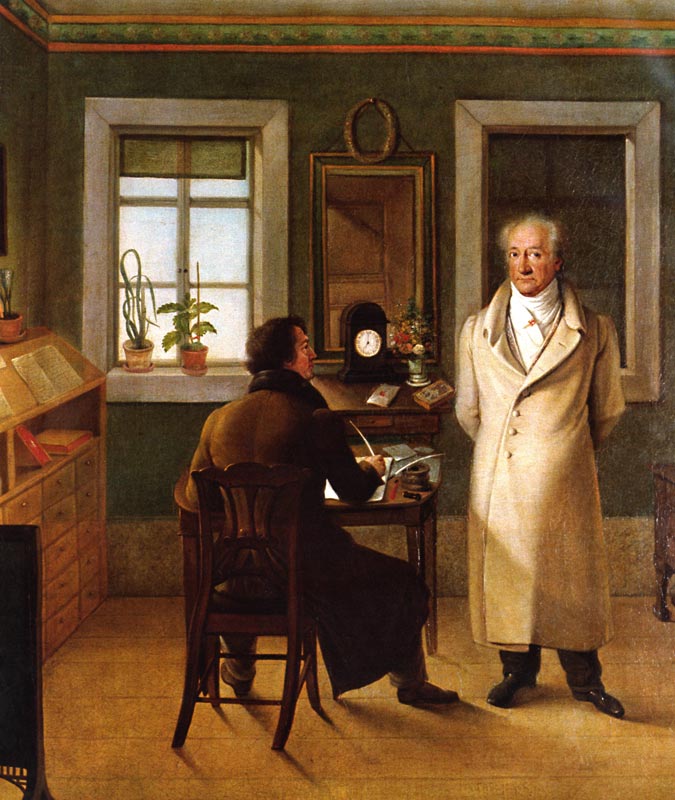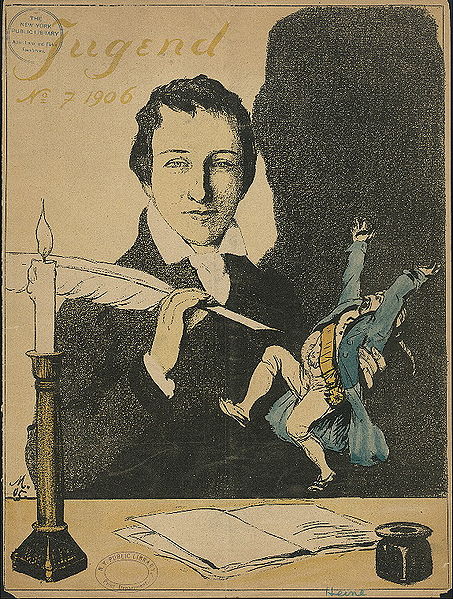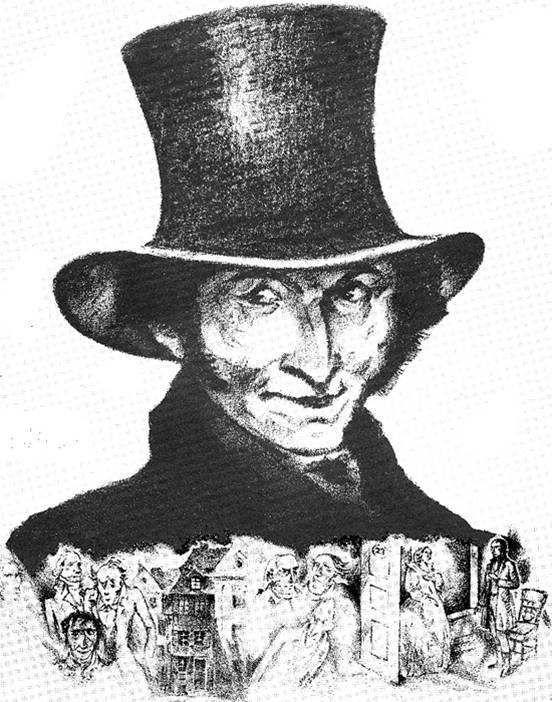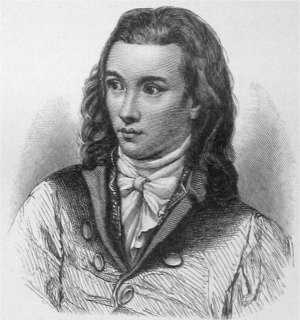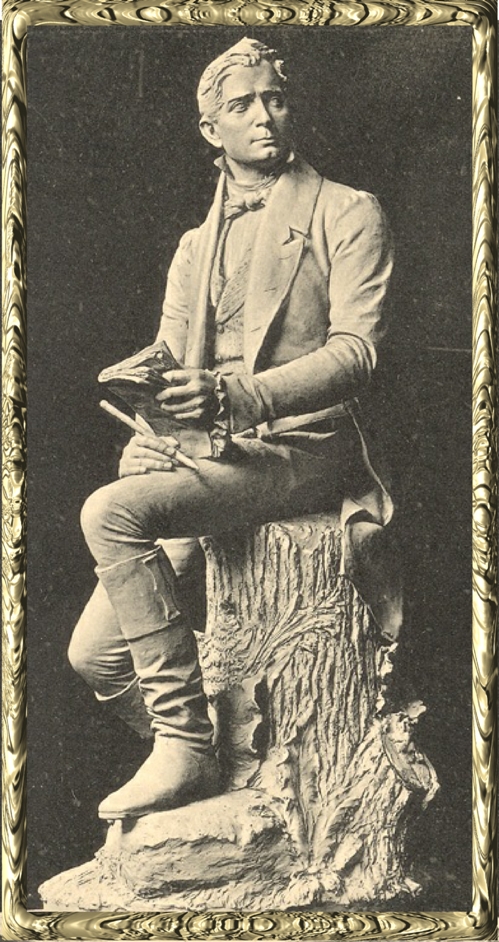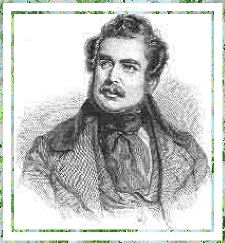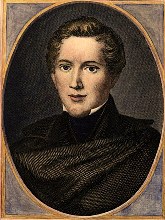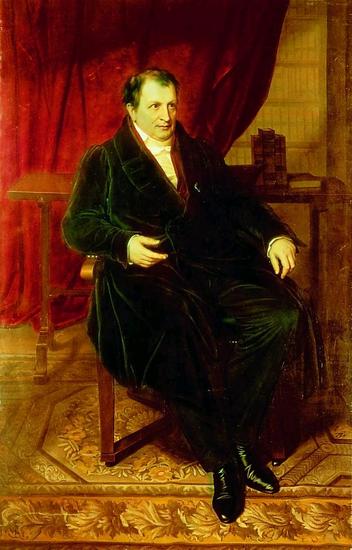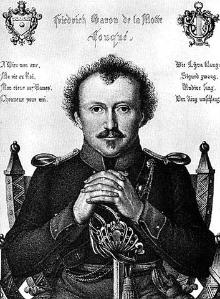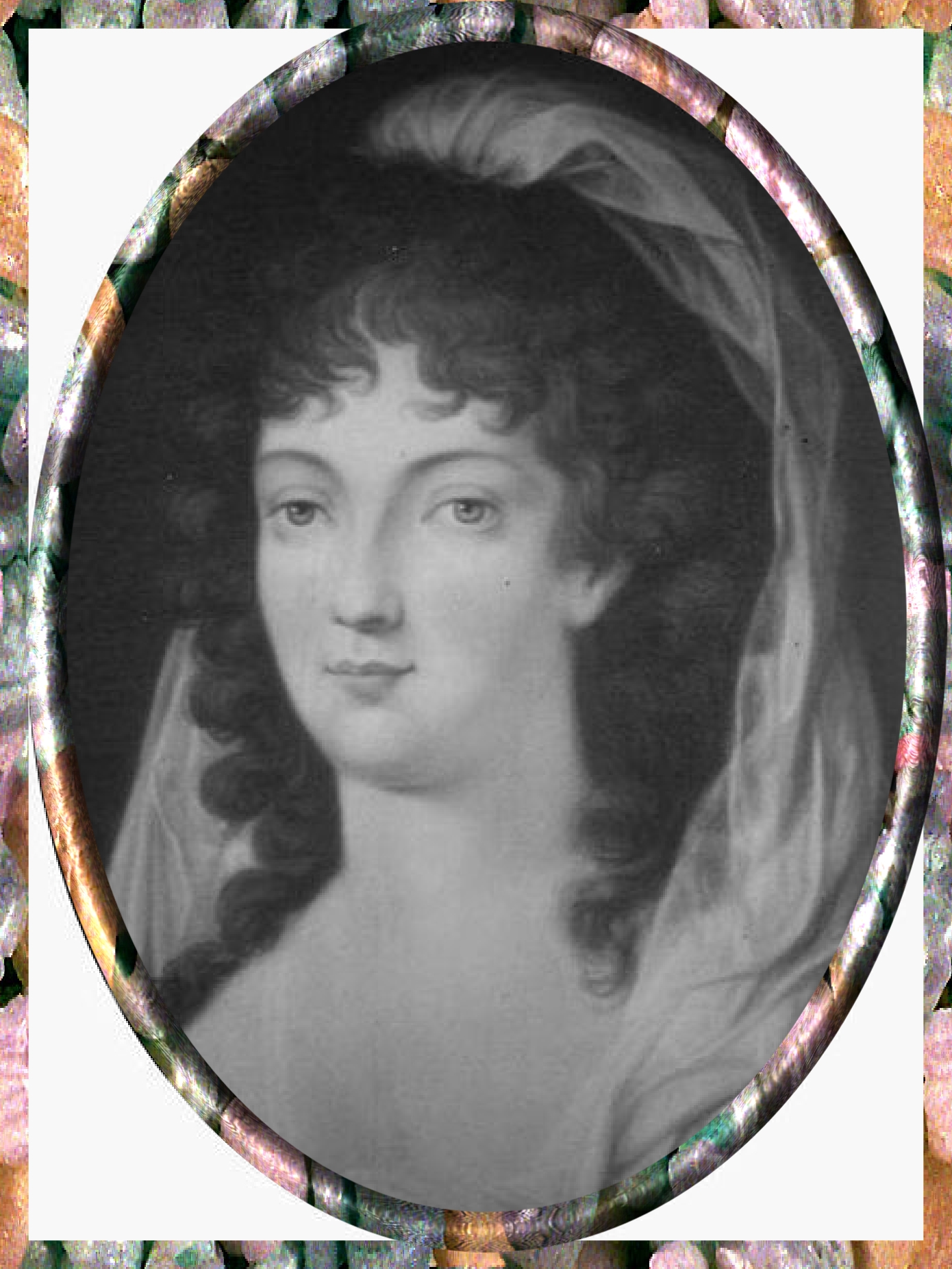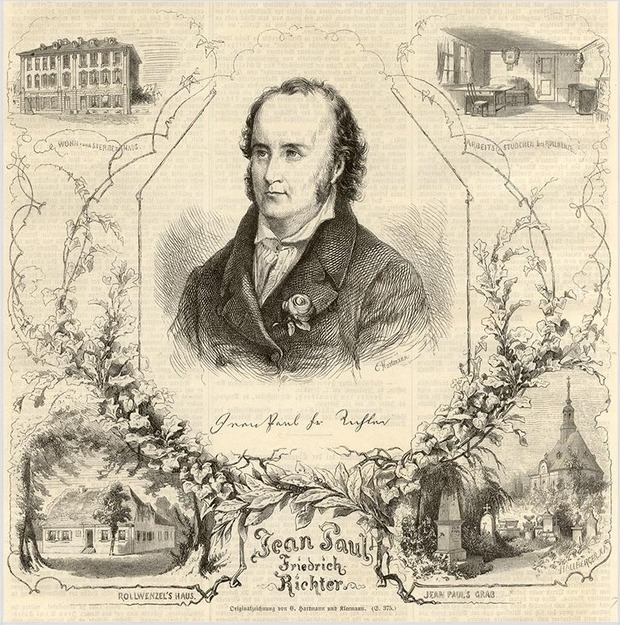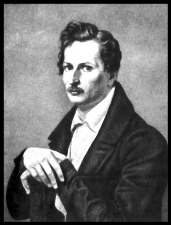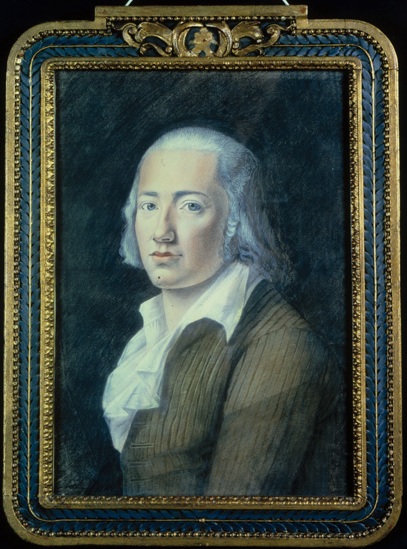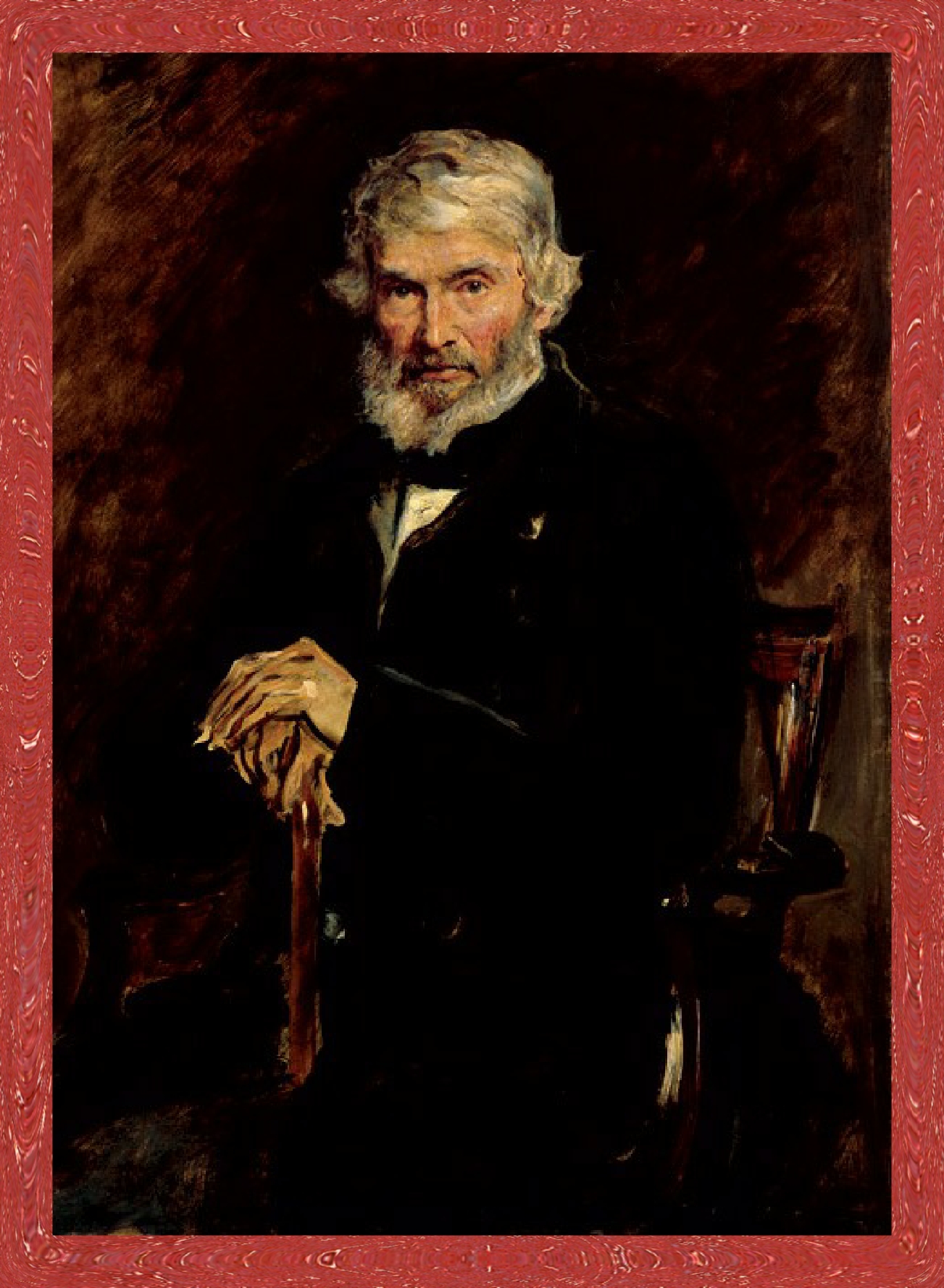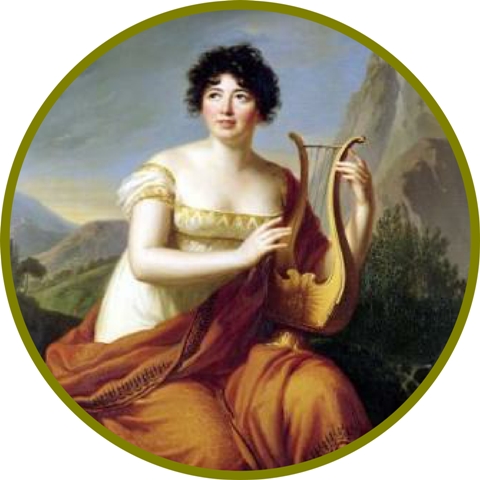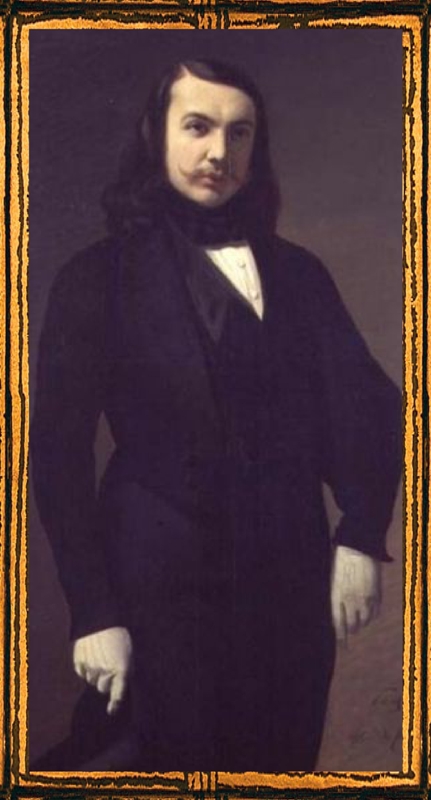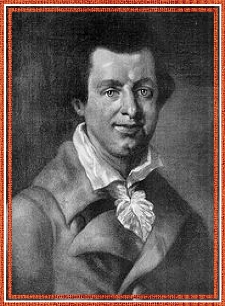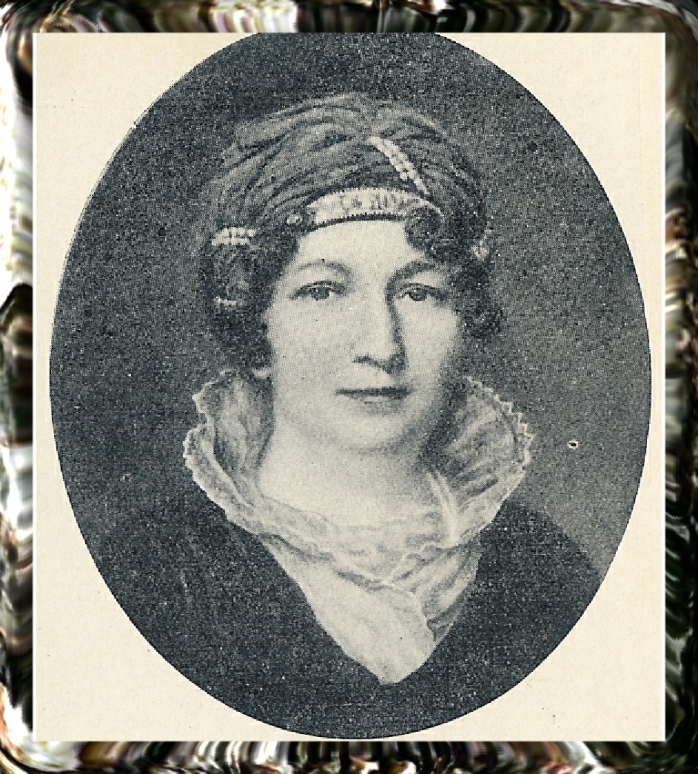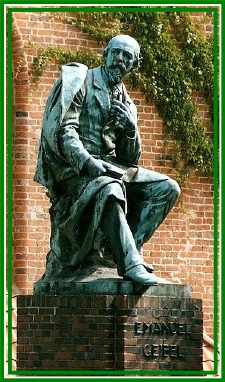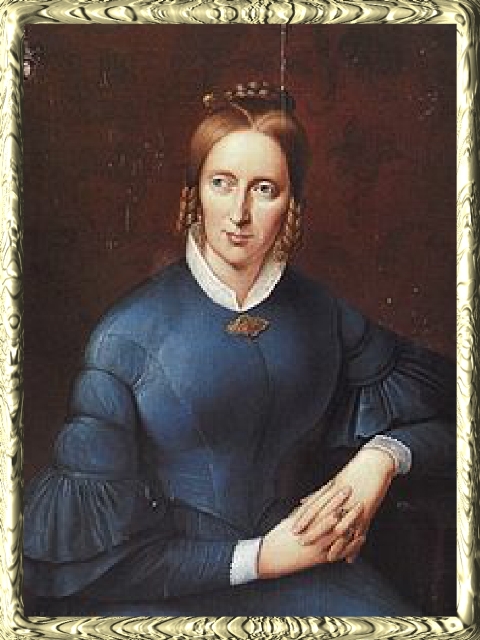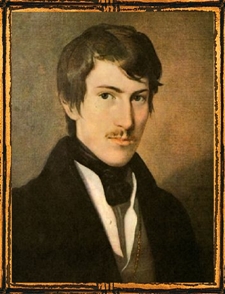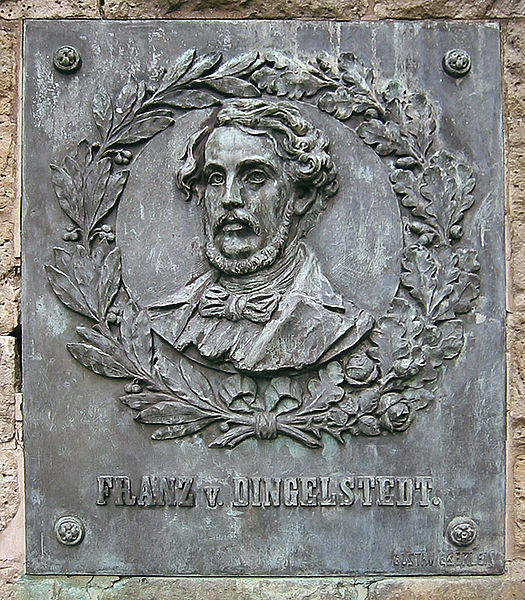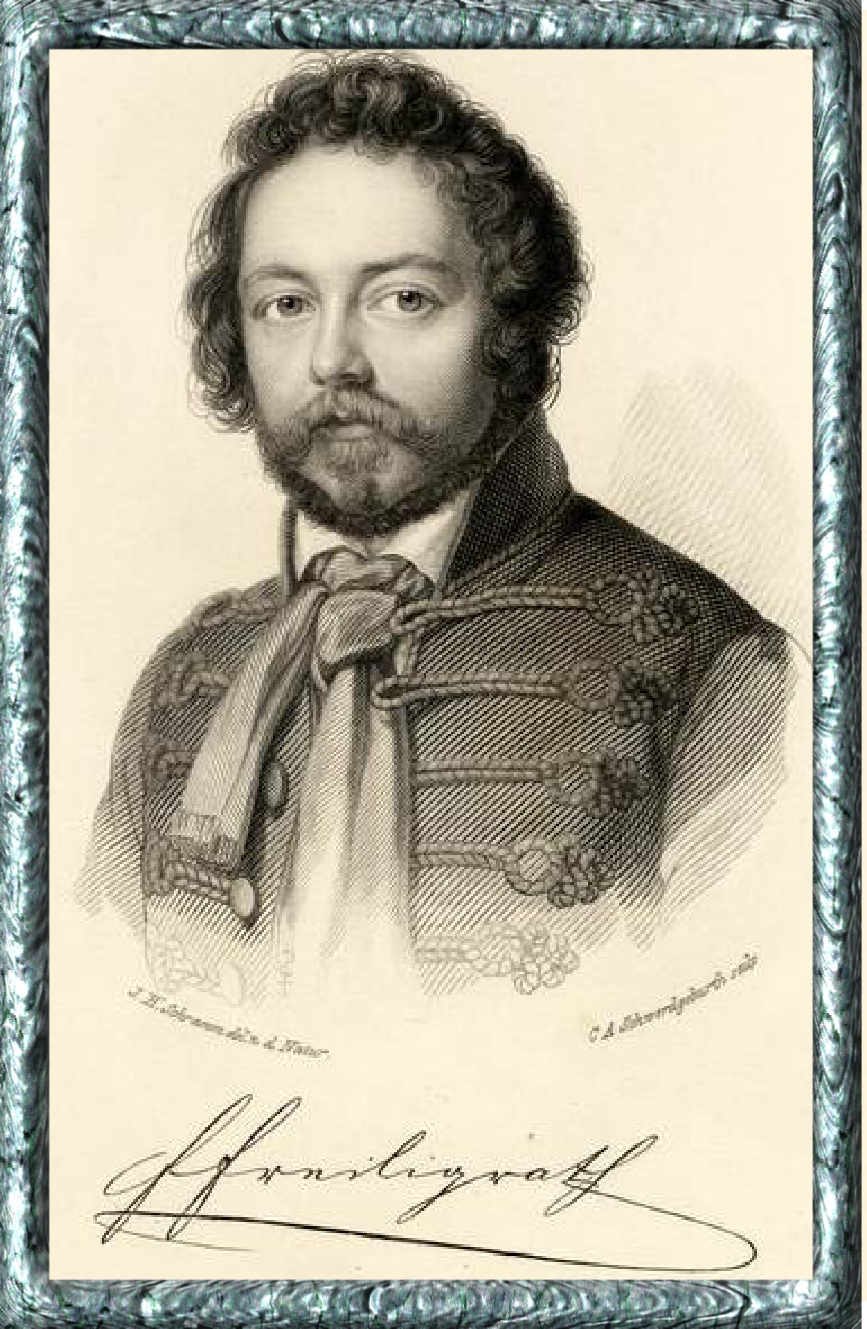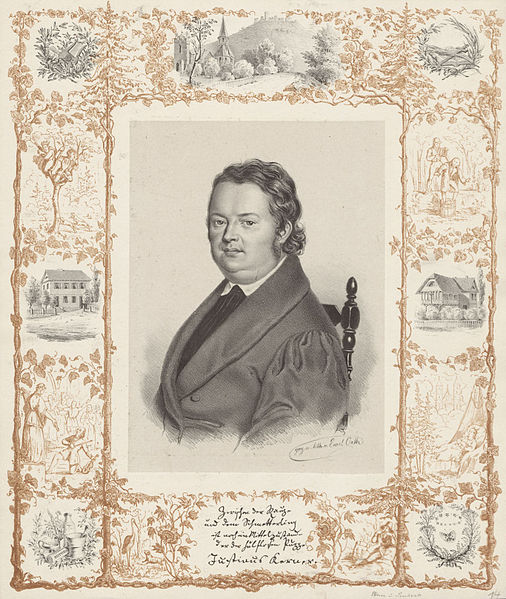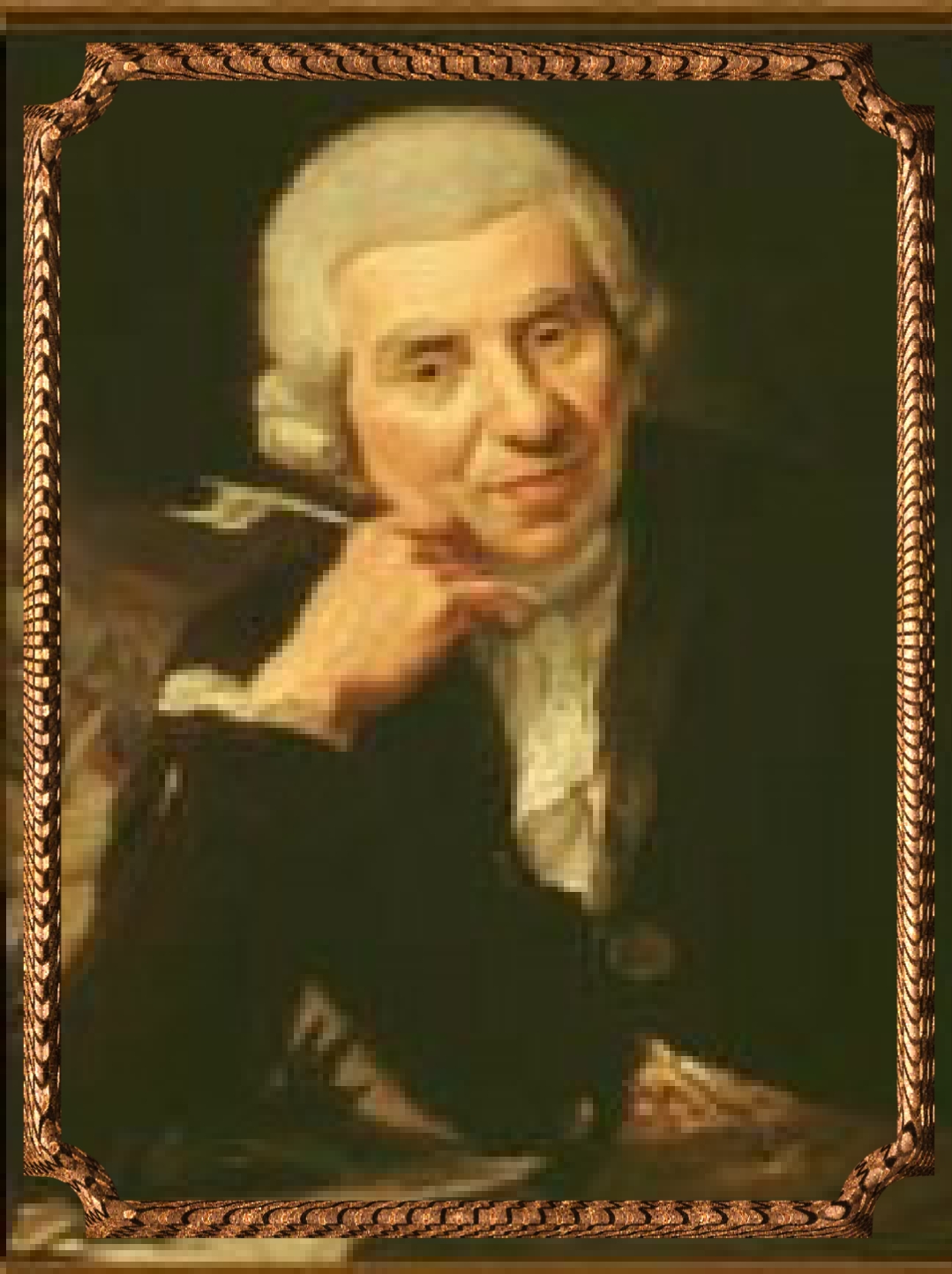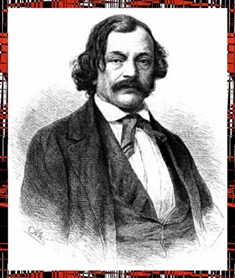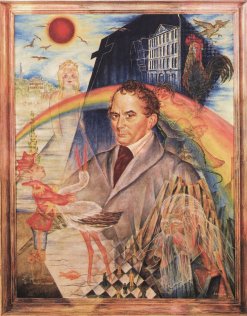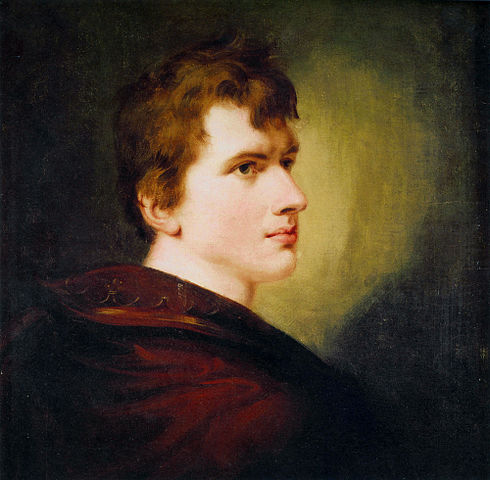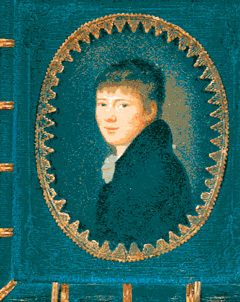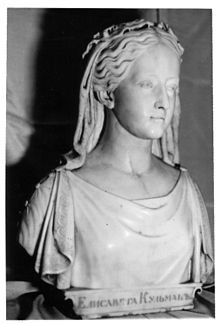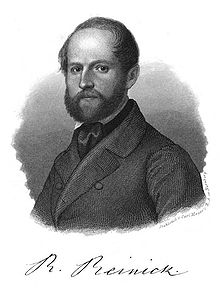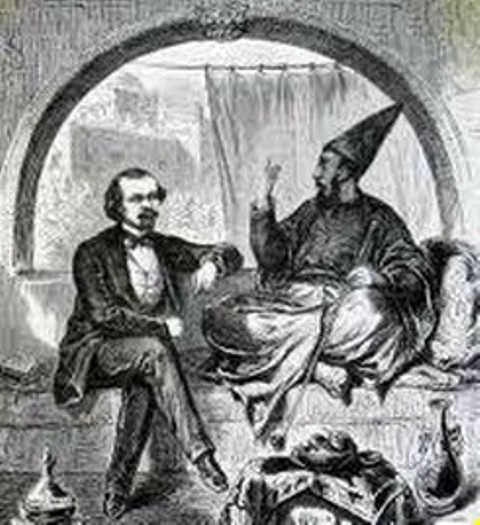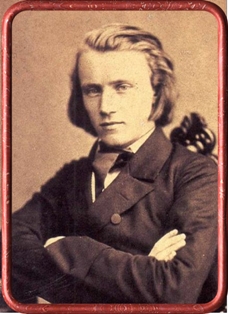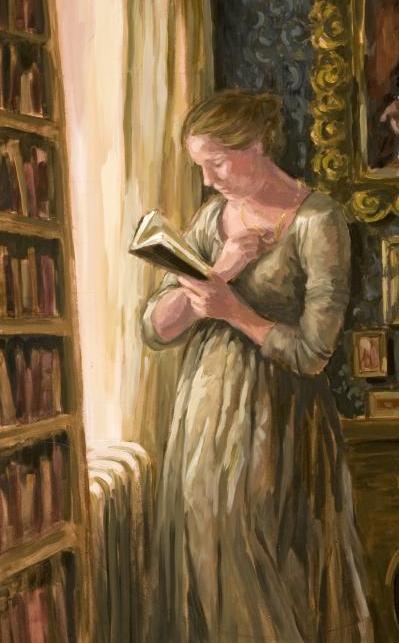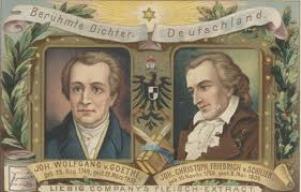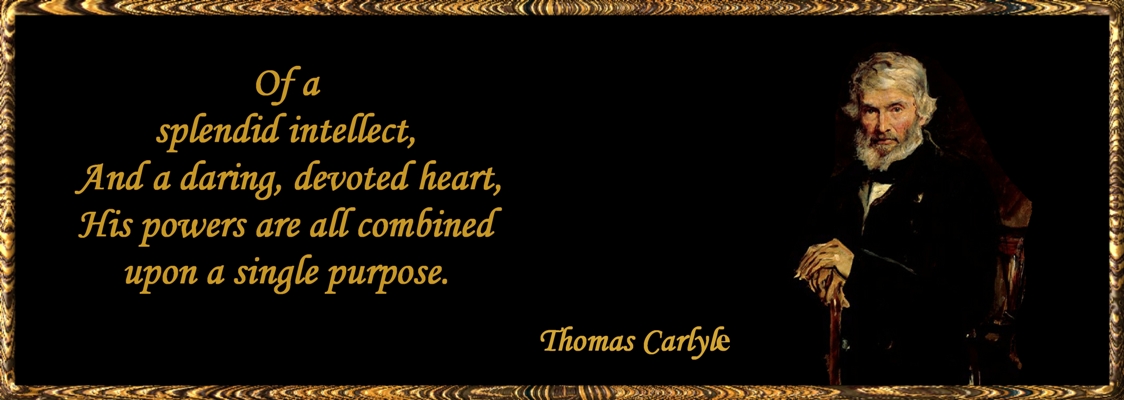Category Archives: Frederick Gottschalck
Frederick Gottschalck: “The Witch-Dance of the Brocken”
.
Excerpt, “The German Novelists: Tales Selected From Ancient and Modern Authors in That Language: From the Earliest Period Down to the Close of the Eighteenth Century. Translated from the Originals: With Critical and Biographical Notices.” Editor, Thomas Roscoe. In Four Volumes. 1826.
Perhaps, says the author, a collection of German popular stories can hardly be more appropriately commenced than with a tradition so ancient and favorite in character, so very generally diffused, and in every sense so well entitled to the name of a national tradition, as the Witch-Dance of the Brocken.
.
Its origin may be traced to the history of Charlemagne. Equally inspired with religious and heroic views, he first opened the theatre of war in Germany. There, he was opposed by the Saxons with all the rage of barbaric freedom united to idolatrous hatred, against the new religion he sought to be introduced. Resolved both upon their conquest and conversion, Charlemagne was involved in a fierce war, which was prolonged during three and thirty years.
At length, indignant at their long resistance, he put all who refused the rite of baptism indiscriminately to the sword. But the moment he engaged in other wars, the Saxons as often resumed their sacrifices to idols in their woods. When driven from these, they sought the still wilder retreats and vastness of the Hartz Mountains, in particular the Brocken, at that time almost unapproachable.
At the period of their festal rites and sacrifices, Charlemagne stationed guards at the passes of the mountains; though the Saxons succeeded in their celebrating nonetheless, by adopting the following contrivance.
They arrayed themselves, like goblins, in the skins and horns of beasts, with fire-forks in their hands, and those rude instruments which they used as protection against wild beasts, and during their sacrificial rites as they danced round the altar. Thus armed, they put the whole of the terrified guards to flight and proceeded to invite the people to their festival.
Hence, its celebration on the First of May on the wildest region of the Hartz, with the snow yet lying on the Brocken. This gave rise among the Christians to the belief of witches riding that night upon their broomsticks; adding to the infernal mirth and mystery of these heathen rites.
In fact, the early Christians uniformly viewed idolatry as the worship of demons. They firmly believed that the devil himself, in spite of Charlemagne’s Christian guards, found his way through the air to give zest to the party assembled, in honor of him, upon the top of the Brocken.
Such superstition received force from the appearance of the terrific and fantastic figures haunting the mountains previous to the festal day, and which, seen by the soldiers, were reported with a variety of diabolical ornaments and additions.
The First of May is supposed to have been selected as a welcome of the approaching year; and the rites, always under diabolical patronage, celebrated in honor of the goddess Ostera; while the custom, still prevalent in many parts of Germany, of adorning the houses and churches on that day, is doubtless some remnant of the heathen festival.
.
Walpurgisnacht
High above the surrounding hills of the Hartz is seen a mountain, whose towering peak commands a view of more than fifteen miles. This is called the Brocken; except when mention is made of those old enchantments and wizard-rites which were ages ago, and are even still said to be celebrated within its solitary domain. Then it more properly takes the name of the Blocksberg.
Upon its cold and sterile summit, inlaid with a thousand million glittering specimens of rock-stock, the devil is in the habit of holding an annual assembly. Most splendid of its kind, on the night of the last day of April, is held the well-known Walpurgis Night — consisting of all the witches and sorcerers on Earth.
After the tolling of the Midnight Hour, his guests flock in from all sides, conveyed by their usual equipage of horned beasts and birds, goats, rams, owls, &c, bearing them through the air upon brooms, pitchforks, and giants’ bones. While the devil is kind enough, on his part, to bring many of his guests along with him.
The company being met, a grand bonfire opens the scene; the charge goes round, the whole air is lit with fire-brands, and fire stirring and blowing; shouting and dancing, with fire-works of every kind, continue until the guests are well weary of the shew.
But then feeling himself inspired, the devil mounts his devil-pulpit, and begins to blaspheme all the Holy Saints and Angels. On the conclusion of which he gives a supper, consisting wholly of sausages which are served on the witch altars. But the unfortunate hag who last arrives is condemned by immemorial custom; her neglect of duty serving at once as a warning to late visitors, and to lend animation to the scene.
For after a warm embrace from the regent of the under-world, her life is cruelly forfeit. Her flesh strewn as an example on the altar, and displayed as one of the master-keys of the devil’s banquet.
At the first blush of dawn, the whole of the diabolical sister and brotherhood dispense in all directions in search of other wind-falls, until a future meeting.
In order that this unholy alliance may produce no mischief either to man or beast during the course of their annual excursion, those dwelling on the Brocken take care. On the approach of the dread Walpurgis Night, neighbors draw the sign of three crosses over the doors of their houses and outhouses; firm in the persuasion that their families can by no other means be secured from the ill designs of the wicked spirits who are then on the watch to enchant them.
,

